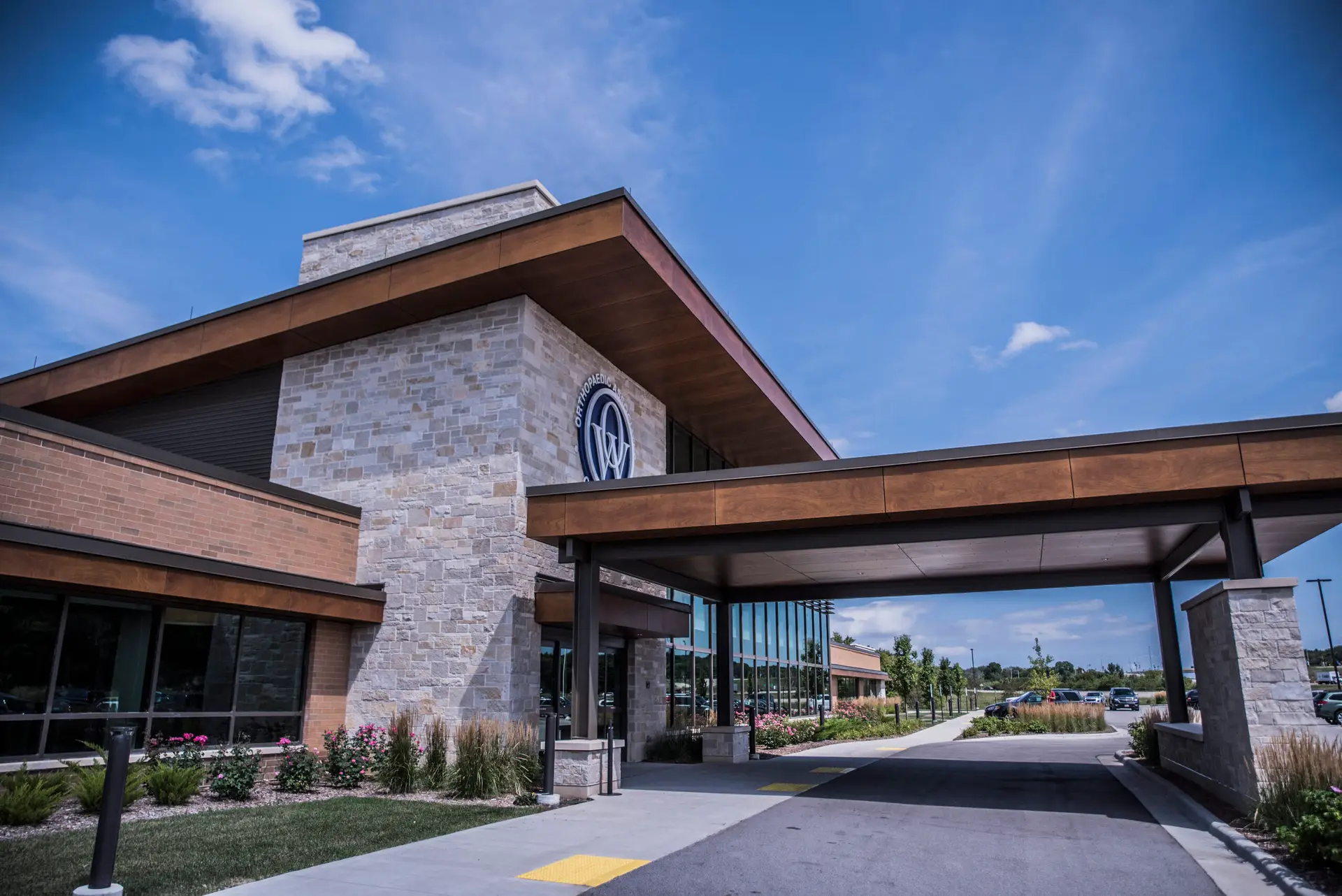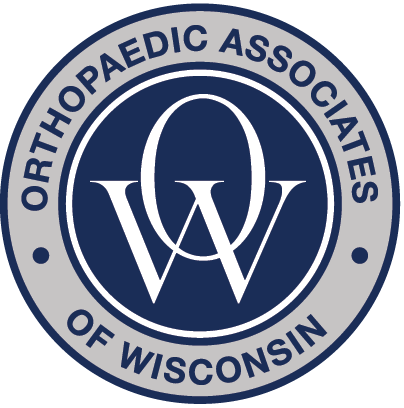Arthritis
Learn about the symptoms, causes, and treatment options for arthritis, including conservative therapies and joint replacement surgery.
Arthritis refers to inflammation in the joints that causes pain, stiffness, swelling, and reduced mobility. While many people think of arthritis as a condition affecting just the hands or knees, it can develop in almost any joint in the body.
Where Can You Get Arthritis?
Arthritis can occur in one or multiple joints, including:
Hands and Wrists: Common in both osteoarthritis and rheumatoid arthritis, affecting grip strength and fine motor tasks.
Shoulders: Often related to wear-and-tear or previous injuries, leading to limited range of motion.
Elbows: Less common, but may occur in autoimmune-related arthritis or following injury.
Spine (Neck and Lower Back): Known as spinal arthritis or spondylosis, causing back or neck stiffness and nerve irritation.
Hips: Can make walking and standing painful, often requiring surgical intervention in advanced cases.
Knees: One of the most common sites, leading to pain with walking, climbing stairs, or prolonged sitting.
Ankles and Feet: Can affect mobility and balance, especially in people with rheumatoid or post-traumatic arthritis.
Common Types of Arthritis
Osteoarthritis (OA): Caused by wear and tear on joint cartilage over time.
Rheumatoid Arthritis (RA): An autoimmune disorder that attacks the lining of joints.
Post-Traumatic Arthritis: Develops after a joint injury, sometimes years later.
Signs and Symptoms
If you have arthritis, you may notice:
Joint pain, swelling, or tenderness
Stiffness—especially in the morning or after inactivity
Warmth or redness around joints
Limited movement or difficulty performing daily tasks
Why Does Arthritis Develop?
Several factors can lead to arthritis, including:
Aging and joint wear over time
Previous joint injuries
Autoimmune conditions
Excess weight putting stress on joints
Family history of arthritis
Early diagnosis and management can help slow progression and preserve joint function.
How Is It Diagnosed?
At Orthopaedic Associates of Wisconsin (OAW), we begin with a physical exam, discuss your symptoms, and use diagnostic imaging like X-rays or MRIs to assess the condition of your joints.
Treatment Options at OAW
We offer both non-surgical and surgical options based on your condition and lifestyle:
Non-Surgical Treatments:
Physical therapy to maintain strength and motion
Anti-inflammatory medications
Joint injections (like corticosteroids or hyaluronic acid)
Surgical Treatments:
Joint replacement surgery (hip, knee, shoulder, etc.)
Minimally invasive procedures when appropriate
Our goal is to help you return to the activities you enjoy.
When to See a Specialist
If joint pain is limiting your mobility, affecting your daily routine, or worsening over time, it’s time to talk to an orthopaedic expert. At OAW, we’ll work with you to develop a care plan tailored to your needs.
Ready to Take the Next Step Toward Relief?
Stiff. Achy. Frustrated? You don’t have to live with joint pain. From your neck to your knees, we treat arthritis where it hurts. Request an appointment today and take the first step toward feeling better.


